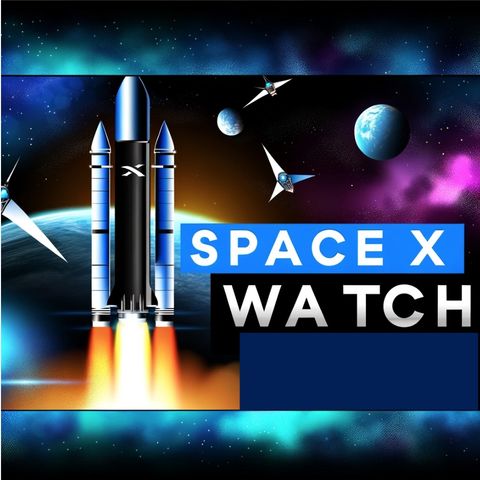22 NOV 2024 · SpaceX, a trailblazer in private space exploration, has been famously spearheaded by CEO Elon Musk. Their mission is to reduce space transportation costs to enable Mars colonization. Crucial to this quest is their innovative approach to spacecraft production, aiming for both reusability and high production rates, which differentiates SpaceX from traditional space exploration efforts.
Reusability is a cornerstone of SpaceX’s strategy. The company's Falcon 9 rocket, first flown in 2010, represents a major step in this direction. It was designed so that the first stage could return to the launch site and be flown again, significantly cutting the cost of access to space. This has allowed SpaceX to launch more frequently, at a lower cost than would otherwise be possible with expendable rockets. Following this, the development of the Starship spacecraft, which is intended to be fully reusable, further underscores their commitment to sustainable space exploration. Starship is pivotal for deep space missions, including potential crewed flights to Mars and the Moon, reflecting the company's long-term vision.
Moreover, the accelerated production schedule highlights an ambitious expansion in space infrastructure. By increasing the rate of production, SpaceX is working toward a cadence of launches that was unimaginable a few decades ago. This frequency not only supports commercial interests, like satellite deployment but also enhances scientific research opportunities and interplanetary exploration potential.
SpaceX’s efforts align with growing global interest in space economies, from lunar exploration and Mars colonization to satellite broadband services. The company is also instrumental in bringing down costs through shared rides for small satellites and resupply missions to the International Space Station (ISS). These activities do not only have commercial implications but also diplomatic and strategic, influencing global space policies.
SpaceX has developed a logistics framework within which these frequent launches are possible. Incorporation of cutting-edge manufacturing technologies, like 3D printing of rocket components, and a lean supply chain, ensure that rockets can be built and launched at unprecedented rates. This operational efficiency innovation is setting new standards in aerospace manufacturing.
Looking forward, the broader implications of SpaceX’s strategies on global space exploration are immense. As facilities and rockets become more efficient and less costly, access to space can be democratized, benefiting various sectors including telecommunication, Earth monitoring, and scientific research. Through initiatives like these, SpaceX continues to play a pivotal role in shaping the future of human life, both on Earth and beyond.


